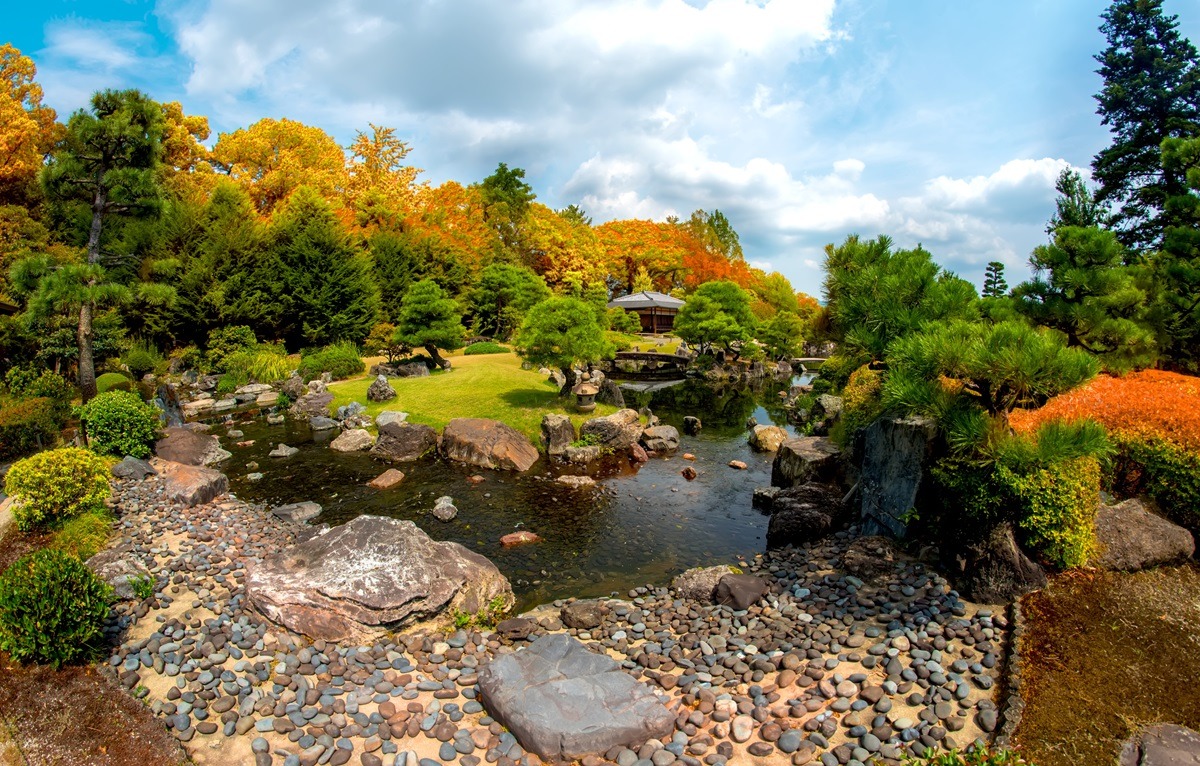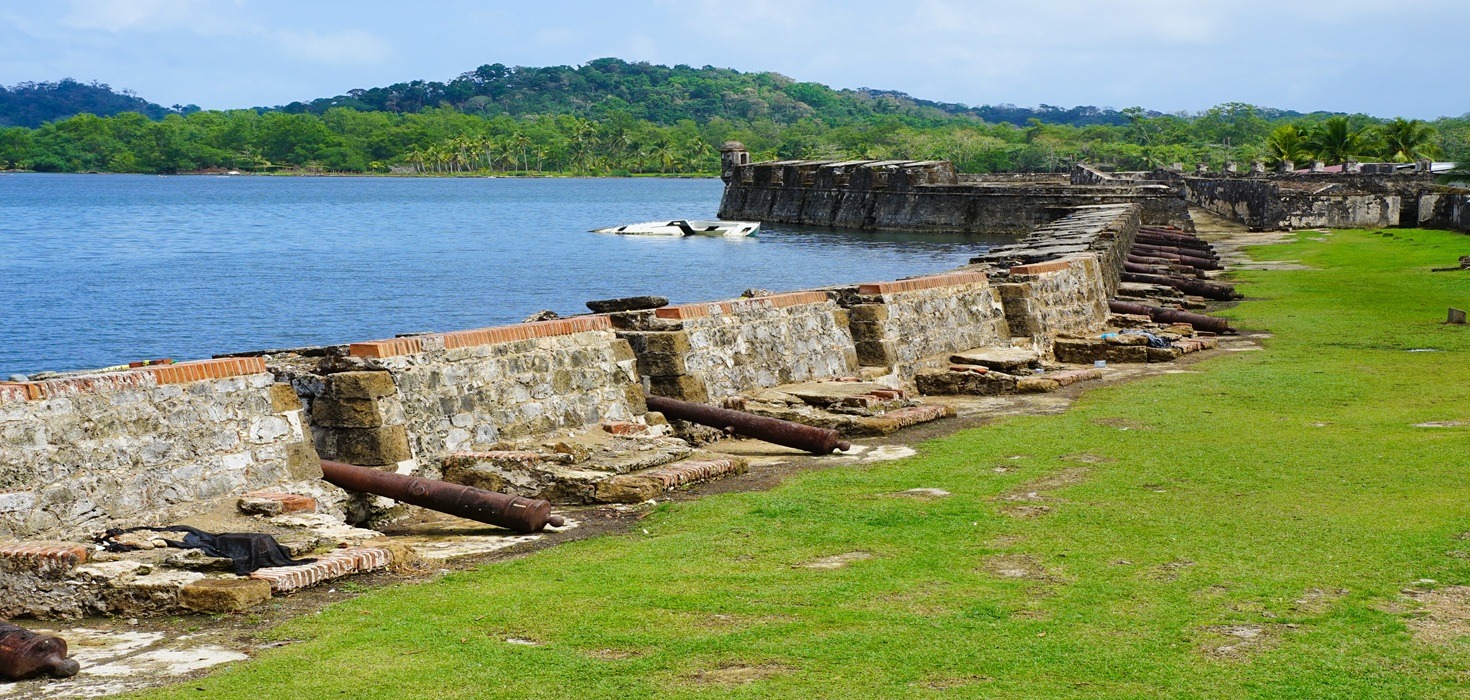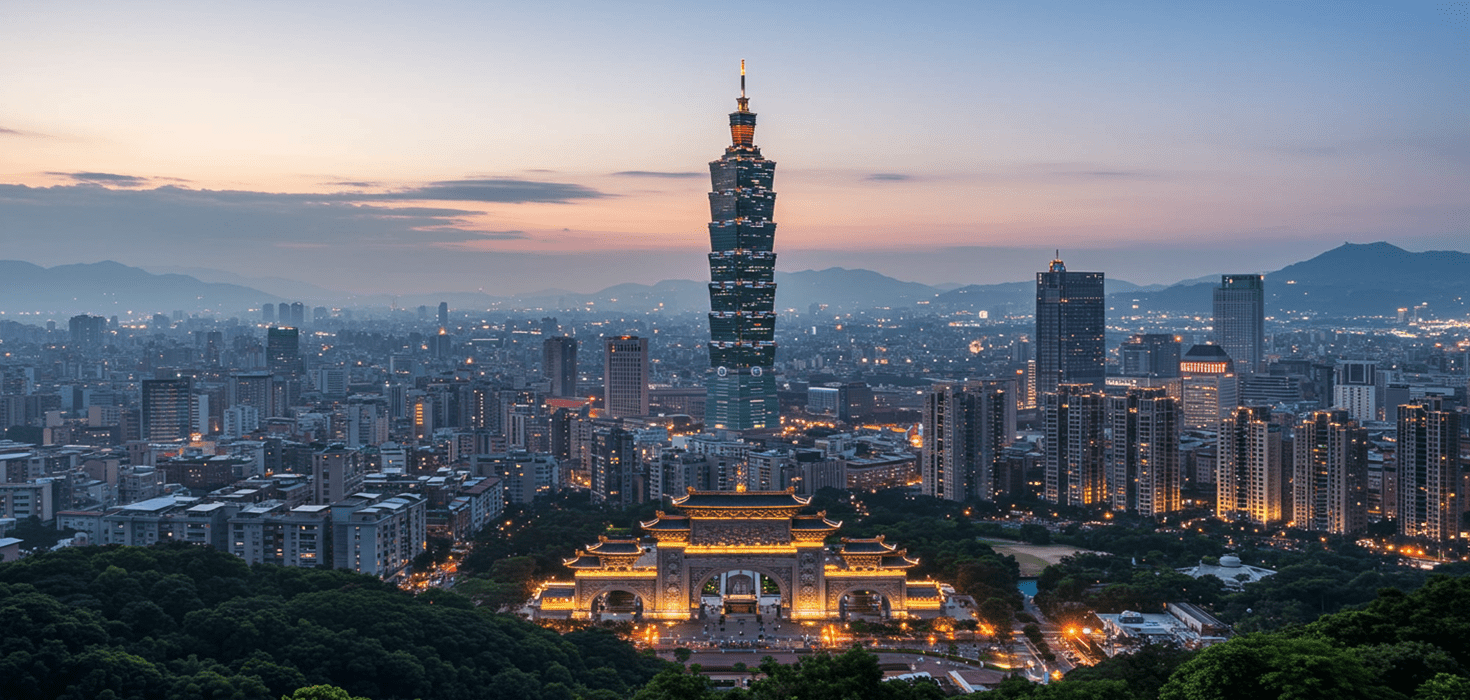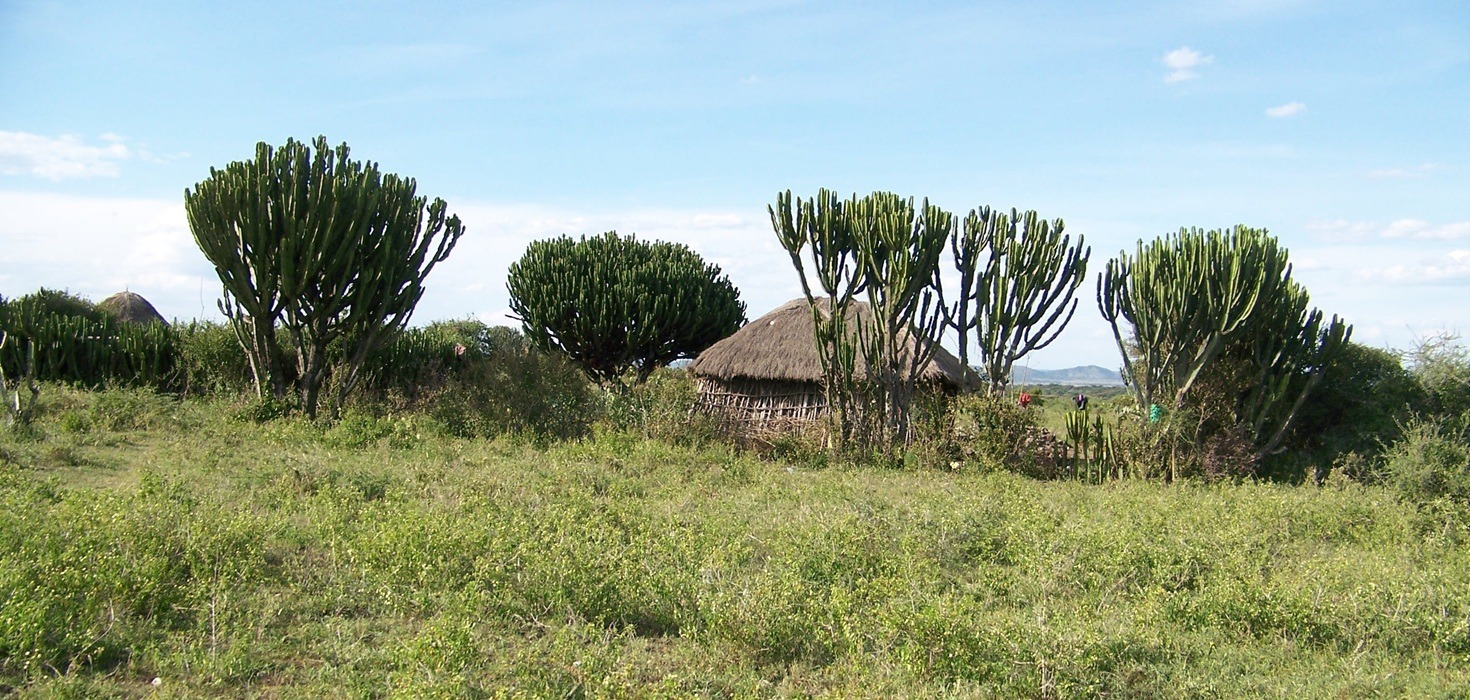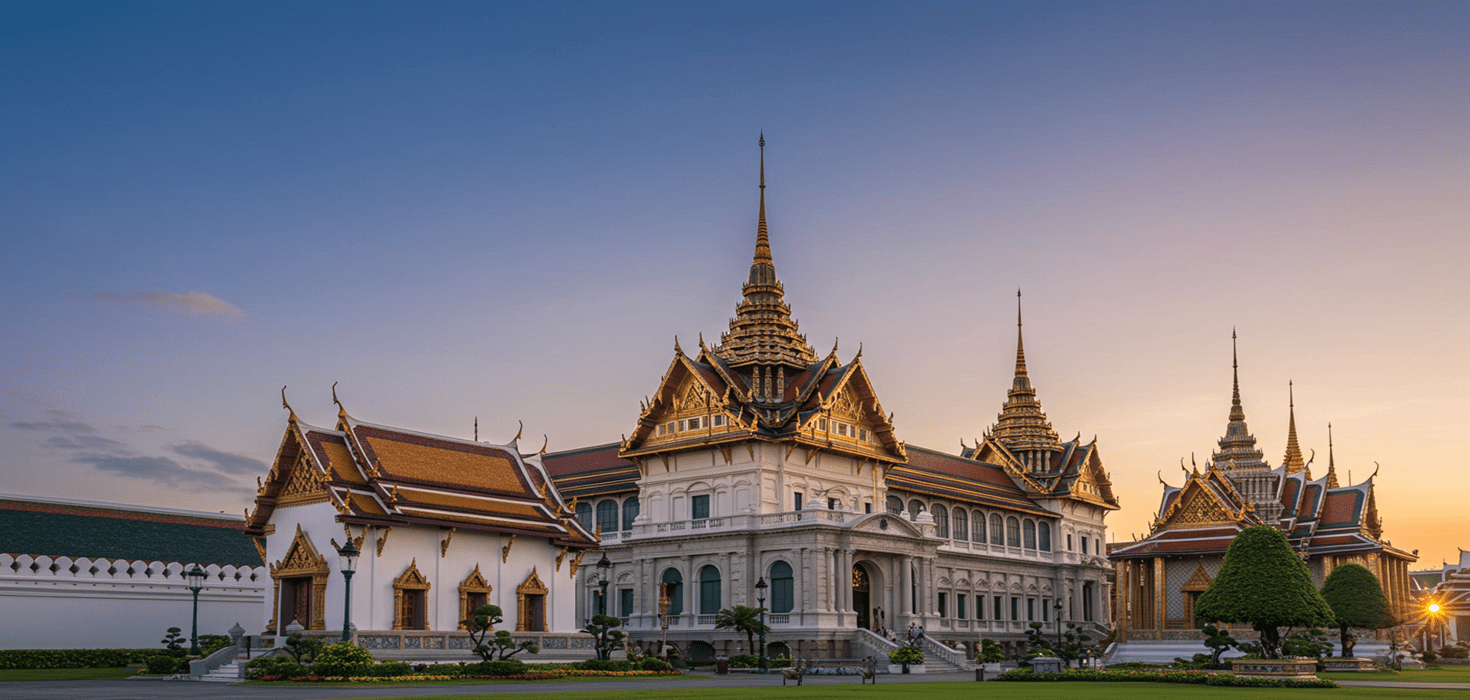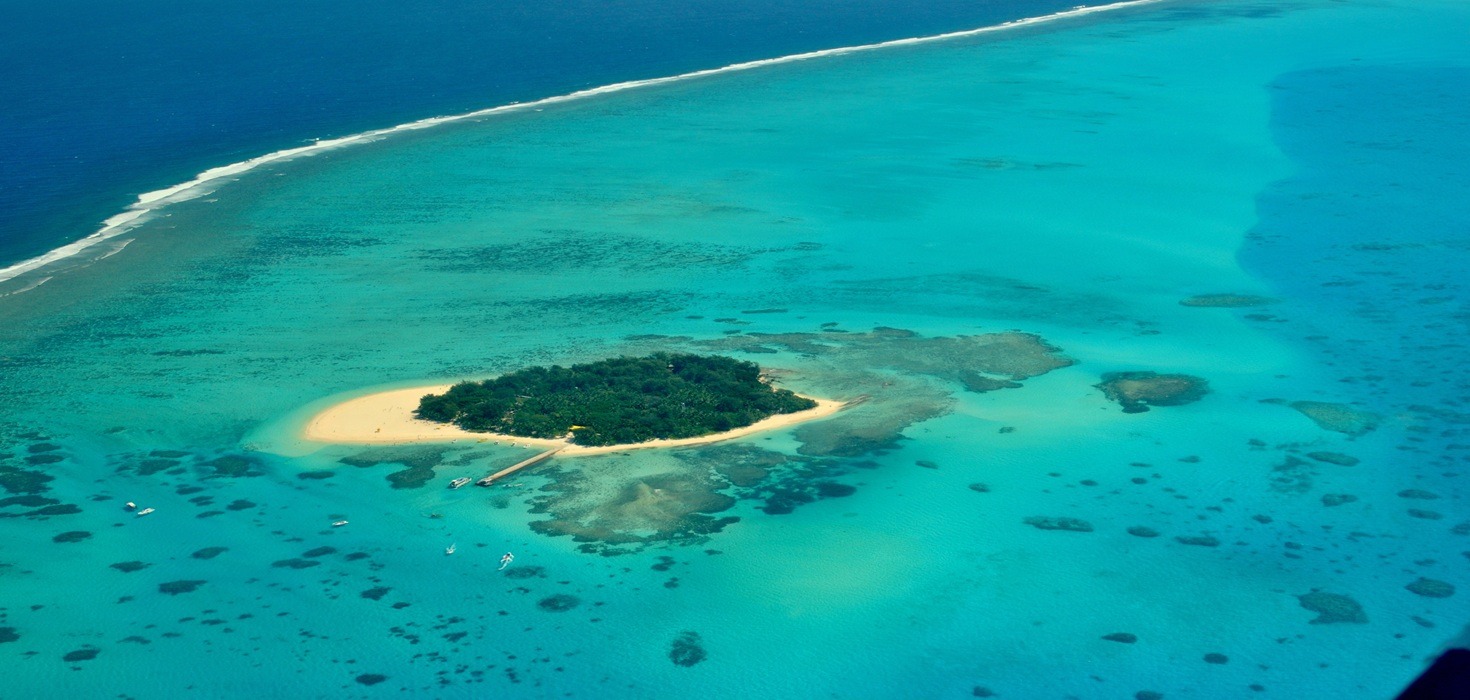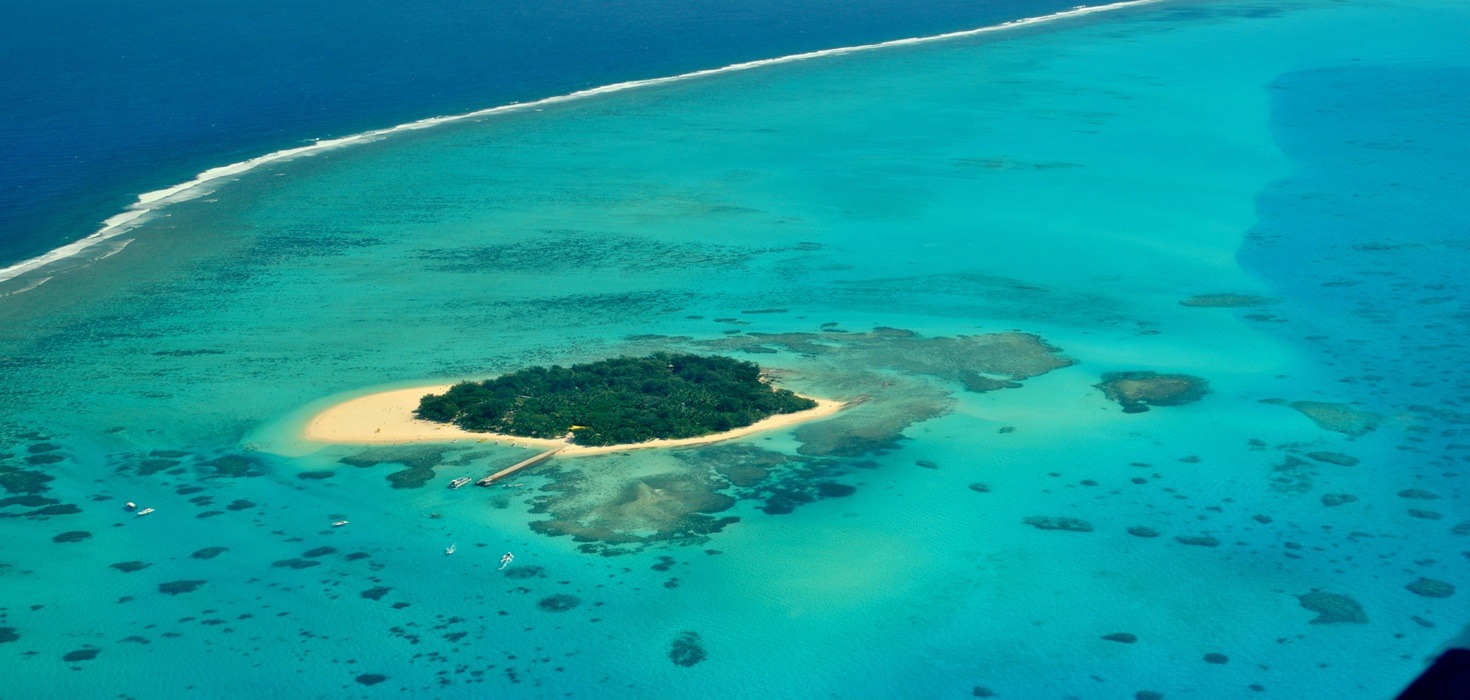Welcome to Nijo Castle, one of Kyoto’s most treasured historical landmarks! Nestled in the heart of the ancient capital of Japan, this majestic castle offers a glimpse into the luxurious life of the Tokugawa shoguns and the captivating history of the Edo period. Whether you’re a history buff, architecture enthusiast, or simply looking for a fascinating day trip in Kyoto, Nijo Castle has something for everyone!
The Rich History of Nijo Castle
Nijo Castle, also known as Nijo-jo, was built in 1603 as the Kyoto residence for Tokugawa Ieyasu, the first shogun of the Edo period. The castle served as a symbol of the shogun’s power and influence over Japan. Over the centuries, it has witnessed many significant events, including the end of the Tokugawa shogunate in 1867. In 1994, Nijo Castle was designated as a UNESCO World Heritage Site, solidifying its status as an important cultural treasure.
Architectural Marvels: Ninomaru Palace
The Ninomaru Palace is a standout feature of Nijo Castle, showcasing exquisite Momoyama-period architecture. Visitors can wander through elaborately decorated rooms adorned with stunning wall paintings by the Kano school of painters. The palace’s Nightingale Floors, which chirp like birds when walked upon, were designed to alert occupants of potential intruders. Don’t miss the Karamon Gate, an ornate entrance famous for its intricate carvings and gold leaf decorations.
The Tranquil Ninomaru Garden
Surrounding the Ninomaru Palace is the Ninomaru Garden, a meticulously landscaped area featuring a large pond, beautiful stone arrangements, and lush greenery. Designed by Kobori Enshu, a renowned landscape architect of the early Edo period, the garden provides a serene setting for visitors to relax and enjoy the harmonious blend of natural and man-made elements.
Exploring Nijo Castle Grounds
Honmaru Palace
The Honmaru Palace, although not always open to the public, is another architectural gem within Nijo Castle. The palace once served as a secondary residence for imperial family members and dignitaries. Its gardens, Honmaru-yuen, feature beautifully manicured landscapes and offer panoramic views of the surrounding area.
The Seiryu-en Garden
Seiryu-en Garden, located in the northern part of the castle grounds, is a visually stunning garden that combines traditional Japanese and Western landscaping styles. Created in 1965, this relatively modern addition to the castle’s grounds is a favorite spot for tea ceremonies and cultural events.
Castle Defenses
Nijo Castle’s defensive features include massive stone walls, moats, and watchtowers that emphasize the strategic importance of this site during the Edo period. The formidable architecture of these structures offers visitors a glimpse into the military ingenuity of the era.
Planning Your Visit
Hours and Admission
Nijo Castle is typically open from 8:45 AM to 5:00 PM, with the last admission at 4:00 PM. It is closed on Tuesdays in January, July, August, and December. Admission fees are around 1,300 yen for adults, with reduced rates for students and children.
How to Get There
Nijo Castle is conveniently located and can be reached by taking the Kyoto City Bus or the Subway Tozai Line to Nijojo-mae Station. From Kyoto Station, it takes about 15 minutes by bus or 10 minutes by subway.
Best Time to Visit Nijo Castle
While Nijo Castle is beautiful year-round, spring and autumn are particularly popular times to visit. In spring, cherry blossoms create a picturesque scene, while the autumn foliage adds a warm and vibrant hue to the landscape.
Unique Experiences: Nijo Castle Night Illumination
During special events and seasons, Nijo Castle hosts nighttime illuminations that transform the castle grounds into a magical wonderland. These events offer a unique way to experience the beauty and history of the castle under a starry sky.
From its rich historical significance to its exquisite gardens and fascinating architecture, Nijo Castle is a must-visit destination for anyone traveling to Kyoto. Whether you’re exploring its intricate palaces or enjoying a peaceful walk through its gardens, you’ll undoubtedly leave with a deep appreciation for this historical gem. Plan your visit well, and immerse yourself in the captivating world of Nijo Castle!




